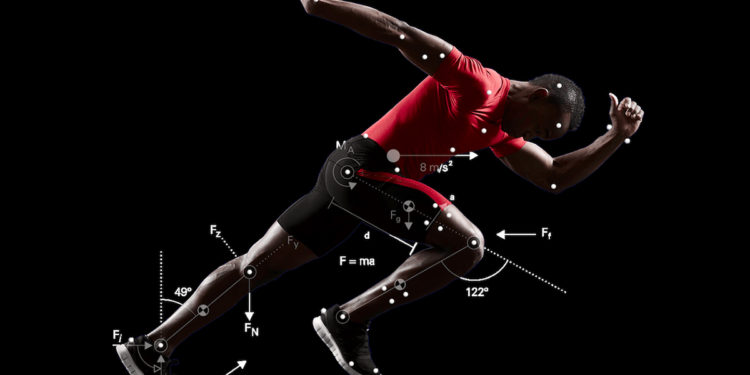The science of sports biomechanics uses engineering principles, physics, and anatomy to study forces that impact the body. Its research can range from helping an amputee find the best prosthetic, to optimizing sprinting technique that reduces injuries for athletes.
The goal of sports biomechanics is to lower athlete injury risks and improve sports performance. For example, a researcher may find that a more efficient running style helps sprinters shave 0.01 seconds off their times.
Driven Fitness Trackers for Personalized Sports
Fitness trackers are excellent, user-oriented devices that can help track fitness goals and exercise levels while also mapping out training. More sophisticated trackers, like those found on sports-focused wearable technology such as the 5500 Sports Nokia handset, can even monitor stride rate, ground contact time and stroke analysis to assist athletes in perfecting their performances.
Trackers are great tools for providing real-time data to clients. This empowers them to make low-risk decisions based on data, minimizing guesswork and reducing injury risk. It also helps deliver personalized client experiences and drives membership loyalty.
Most importantly, it promotes personal accountability. Many trackers keep records of workouts and progress, which can psychologically motivate people to try to beat their personal bests – whether that’s getting more steps in or running faster or sustaining a higher peak heart rate for a little longer. This data can also be used to create individualized training plans for clients. This way, they can train at the exact level needed to reach their goals.
Track Your Heart Rate
Whether you’re a professional athlete or just want to get more from your workout, having the right equipment can help. One of the most important fitness tools is a heart rate monitor that can let you know when your body is at its optimal level for training and performance.
Biomechanics focuses on the way that the human body moves, identifying how to improve the quality of movement while minimising injury risk and enhancing sport performance. In particular, the field of sports biomechanics examines how to improve an athlete’s technique.
This can be done using film or laboratory observations, such as with force plates and wireless electromyography and isokinetic dynamometers. The goal is to make the athlete move in a natural way that is safe, efficient and effective. This will also reduce the chance of injury and build physical endurance. It’s also a good idea to use proper form when performing exercises as this will strengthen joints and help with injury prevention.
Track Your Sleep
As a form of physical training, sports biomechanics takes into consideration the internal and external forces that affect an athlete. By understanding these forces, athletes can leverage them to improve their performance and reduce the risk of injury. These theories are studied in both film and laboratory settings. For example, an athlete who is prone to injuries in sprinting may be studied alongside another more successful competitor to determine the reason behind their differing physical actions.
These findings are used to design sports equipment, shoes, clothing, and sports fields and facilities. They are also used to identify optimal movement patterns for individuals. This involves assessing muscular recruitment and loading in order to determine the safest approach to a given movement.
The qualifications needed to get a job in sports biomechanics vary depending on the area of focus. Physical therapists need a bachelor’s degree and an accredited Doctor of Physical Therapy program, while a mechanical engineer requires a Bachelor of Engineering or similar subject.
Track Your Nutrition
Sports biomechanics is a scientific field that studies the body’s motion during sport and exercise. It applies physics and laws of mechanics to help athletes improve their performance. The field also analyzes the movement of sports equipment, such as shoes or playing surfaces, to reduce injuries.
Athletes who have a better understanding of how their bodies move can make adjustments that will reduce their risk of injury and help them perform at an optimal level. For example, if an athlete is slamming their legs into the ground when jumping or throwing, they could be causing unnecessary stress to ligaments and tendons.
A sports biomechanics analysis can reveal how an athlete moves and what muscles they are using to move, helping them to understand their form and identify areas that need improvement. This information can help them train to strengthen muscles in the correct way, which will increase their strength and balance while decreasing the chance of injuries.



